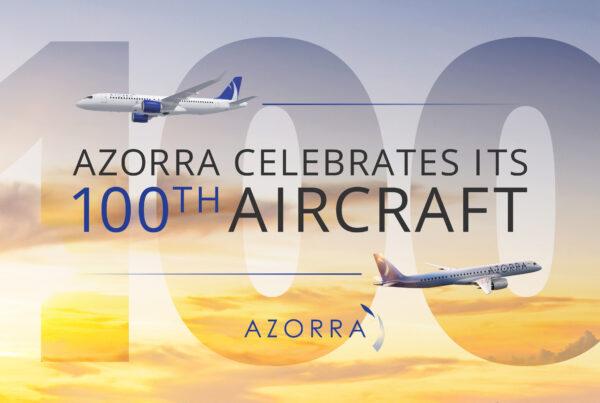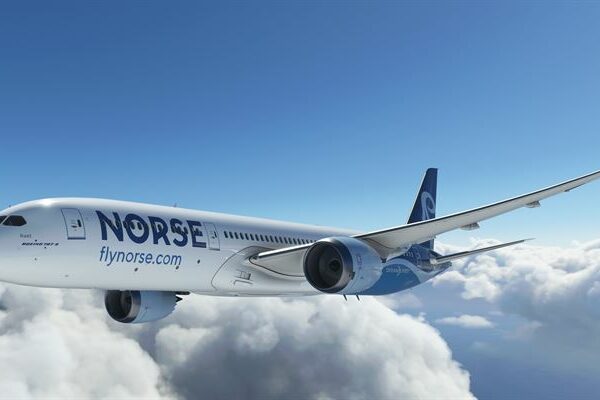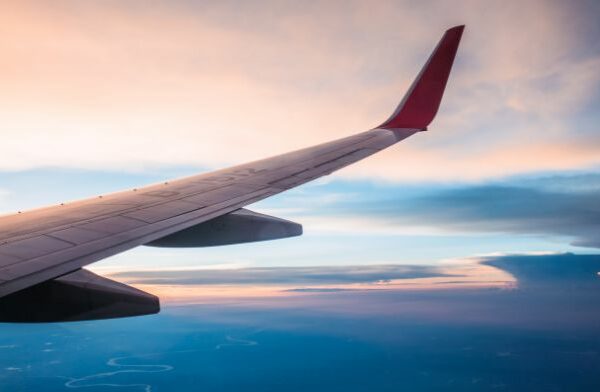The latest annual aircraft market forecast from Airbus has estimated that the world’s passenger fleet will more than double to 48,000 aircraft in 20 years’ time, with traffic growing at 4.4% per year.
This will drive a need for 37,390 new passenger and freighter aircraft, it says in its new Global Market Forecast 2018-2037, equating to a market value of US $5.8 trillion.
Of the 37,390 new aircraft required, 26,540 are for growth and 10,850 will replace older generation less fuel-efficient aircraft. The more than doubling of the world fleet to 48,000 aircraft will result in the need for 540,000 new pilots.
In the small segment typically covering the space where most of today’s single-aisle aircraft compete, there is a forecast future requirement for 28,550 new aircraft, representing more than three-quarters of total expected demand.
In the medium segment, for missions requiring additional capacity and range flexibility, represented by smaller wide-bodies and longer-range single-aisle aircraft, Airbus forecasts demand for 5,480 passenger and freight aircraft.
For additional capacity and range flexibility, in the large segment where most A350s are present today, there is a need for 1,760 aircraft. In the XL segment, typically reflecting high capacity and long range missions by the largest aircraft types including the A350-1000 and the A380, it forecasts demand for 1,590 aircraft over the next 20 years.
Emerging countries will account for over 60% of economic growth, with trips per capita expected to multiply 2.5 times for these nations. Combined with evolving airline business models and continuing liberalisation, the growing scale of air transportation will lead to an increasing resilience to regional slowdowns.
“There is a growing trend to use aircraft across a broader range of operations, with today’s more capable aircraft blurring the boundaries between market segments. These realities made us develop a new segmentation with Small, Medium, Large and Extra-Large categories, reflecting more closely the way airlines operate aircraft,” said Eric Schulz, chief commercial officer. He added the company itself was “extremely strong” in the medium market segment, thanks to the versatility of the top end of its single-aisles, the A321neo, and its wide-bodies like the A330neo.
He added that it “already leads” in the small segment with the A320neo and in the large segment with the A350-900. “In the extra-large (XL) segment, the market for replacement aircraft is just starting and provides opportunities for the very efficient A350-1000 combined with the A380,” he said.
Written by: Mark Thomas
If you have any feedback about this article or would like to suggest a topic for future investigation, please contact us.







